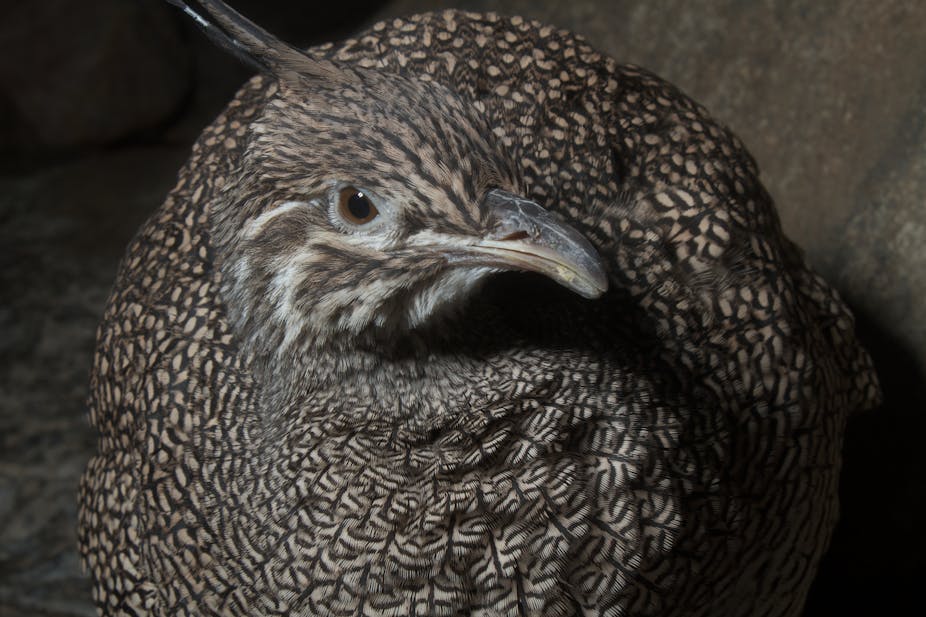Ratites – a group of flightless birds including the emu, ostrich and extinct moa – were long believed to have evolved from a single flightless ancestor, but research published today in Molecular Biology and Evolution shows they lost their power of flight independently.
Allan Baker and colleagues from Royal Ontario Museum, University of Toronto and Ontario Institute for Cancer Research used genetic techniques to show that tinamous, small flying birds from Central and South America, actually evolved within the ratites group.
“We confirmed previous studies based on small DNA data sets that moa are most closely related to tinamous,” says Professor Baker. “This means that the ancestor of all these birds was most likely flighted.”
Untangling the evolutionary tree

For most of the 20th century, taxonomists relied on morphological (physical) similarities to determine how species were related.
In the case of ratites this seemed straightforward: all ratite species are flightless and possess a flat breastbone (which lacks a keel, onto which wing muscles would ordinarily attach). Conversely, tinamous have both a keeled breastbone and can fly, albeit weakly; they were hence deemed more distant relatives to these other birds.
But the advent of DNA analysis has changed everything. In their study Professor Baker and colleagues compared the genomes of tinamous with those of various ratites, including the extinct little bush moa.
One analysis mapped the mutations in standard nuclear gene sequences, and another compared the position of retroposons, a particular type of gene that inserts itself at random locations in the genome.
Changes to an animal’s genome are passed on to all descendants, so by matching the genetic changes in each species we can estimate the relative point at which two groups diverged.
“We used a very big data set of DNA sequences from 1,448 genetic loci and eight retroposon insertions,” says Professor Baker.
In both analyses, tinamous and moa shared the greatest number of genetic changes, indicating that they had diverged most recently. That is to say, they are each other’s closest relatives.
What does this mean for ratite evolution?
Because all ratites have a similar body form, it was long agreed that the ancestral ratite must have evolved its flightless traits only once, before the family tree split up 100 million years ago along with the supercontinent Gondwana.

But the tinamou’s new status – as the moa’s closest relative – throws a spanner in the works.
Either the tinamou somehow regained the ability to fly, or the ratites independently evolved flightlessness on several occasions.
The latter explanation is most likely, according to Matthew Phillips from Queensland University of Technology. “We know of other bird groups in which flight has been lost independently, so it’s fairly reasonable for that to happen.
"It’s difficult to imagine that flight would re-evolve from a group that lost flight – it’s not absolutely impossible, but it’s very unlikely.”
In line with this evidence, the ancestors of modern ratites were probably flying birds that dispersed to different continents and only then lost the power of flight. The analogous body forms of ostriches, emus and moa are therefore the result of convergent evolution, in which species independently evolve similar features in response to similar selection pressures.
The products of convergent evolution are sometimes mistaken for direct ancestry, but in this case the tinamou’s genetics have helped clarify the confusion.
“This is another cautionary tale,” says Dr Phillips. “This idea that ratites were all each other’s closest relatives was pretty much set in steel as far as morphologists were concerned. Now I think most of these guys are in agreement that the DNA is probably giving us a more accurate answer.”

